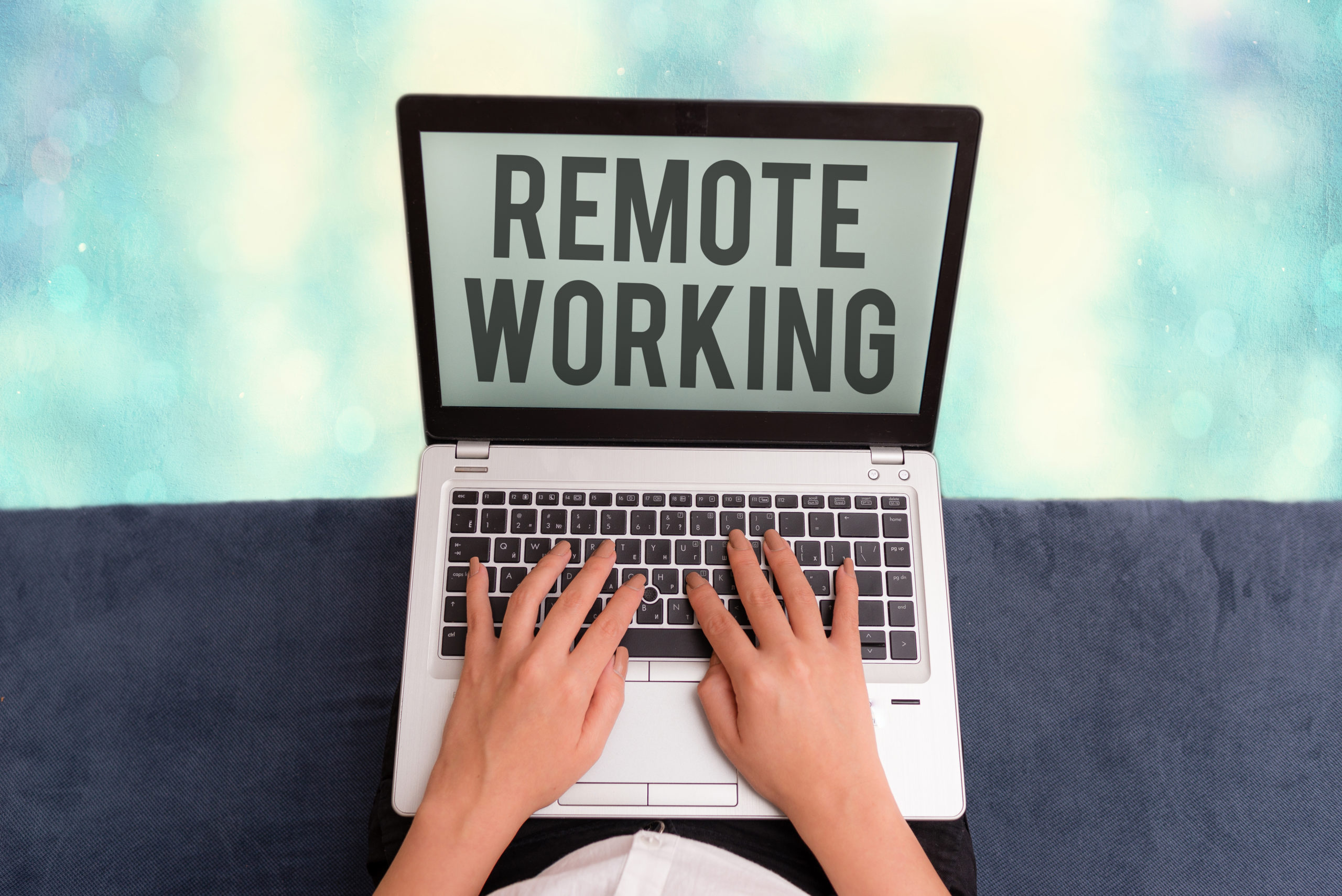We’ve all been there. You open Instagram for “just a quick scroll” and suddenly it’s two hours later. You’re watching a TikTok about conspiracy theories you never cared about, or you’ve fallen down a rabbit hole of increasingly extreme political content on Twitter. How did you get here? The answer lies in the invisible puppet master pulling the strings of your digital experience: algorithms.
The Engagement Trap
Social media platforms have one primary goal that trumps everything else – keeping you glued to your screen. Their algorithms are designed with surgical precision to maximize what tech companies euphemistically call “engagement.” But let’s be honest about what that really means: they want you addicted.
These algorithms learn your weaknesses faster than you do. They notice that you linger a few extra seconds on that controversial political post, or that your thumb hesitates before scrolling past celebrity gossip. Within days, your feed transforms into a carefully curated selection of content designed to trigger those same reactions over and over again.
I’ve watched friends become unrecognizable versions of themselves after months of algorithmic manipulation. The person who used to enjoy lighthearted memes suddenly shares angry rants daily. The family member who was moderately interested in fitness becomes obsessed with extreme diet culture content. The algorithm doesn’t care about your wellbeing – it cares about your screen time.
Echo Chambers on Steroids
Remember when we worried about people only reading newspapers that confirmed their existing beliefs? Social media algorithms have turned that concern into a crisis. They don’t just show you content that aligns with your views – they actively filter out opposing perspectives and gradually push you toward more extreme positions.
The algorithm notices you clicked on one article about climate change and decides you want to see every climate-related post. But here’s the insidious part: it doesn’t show you balanced coverage. It shows you the content that generates the strongest emotional response, which is almost always the most polarizing take available.
This isn’t accidental. Controversial content keeps people engaged longer. It makes them comment, share, and argue. From the algorithm’s perspective, a heated argument in your comments section is pure gold – it means people are spending more time on the platform.
Mental Health in the Algorithm Age
The psychological impact of algorithmic manipulation is staggering, and we’re only beginning to understand it. These systems are essentially running uncontrolled psychological experiments on billions of people, with no oversight and no concern for the consequences.
Young people are particularly vulnerable. The algorithm learns that body image content generates strong engagement from teenagers, so it floods their feeds with unrealistic beauty standards, diet culture, and comparison-inducing posts. Is it any wonder that rates of anxiety, depression, and eating disorders have skyrocketed among young people who grew up with algorithmic feeds?
The algorithm also exploits our natural human tendency toward social comparison. It shows you the highlight reels of people who seem to have perfect lives, successful careers, or ideal relationships. It rarely shows you the mundane moments or struggles that make up the majority of human experience.
The Misinformation Machine
Perhaps nowhere is the dark side of algorithms more dangerous than in their relationship with misinformation. False information often spreads faster than truth because it’s designed to be sensational, emotional, and shareable. Algorithms, optimized for engagement, become unwitting accomplices in spreading lies.
During the COVID-19 pandemic, we watched in real time as algorithms amplified dangerous health misinformation. People who clicked on one skeptical article about vaccines suddenly found their feeds flooded with increasingly extreme anti-vaccine content. The algorithm didn’t distinguish between peer-reviewed research and conspiracy theories – it only cared about what kept people clicking.
The same pattern emerges with political misinformation, health scams, and conspiracy theories. The algorithm creates pipelines that can radicalize ordinary people by gradually exposing them to more extreme content. Someone might start by watching a reasonable political commentary video and end up consuming extremist propaganda within weeks.
The Attention Economy’s Hidden Costs
We often talk about social media being “free,” but nothing could be further from the truth. We pay with our attention, our mental health, our relationships, and increasingly, our ability to think critically about the world around us.
The business model is simple: platforms gather detailed data about your behavior, use algorithms to manipulate that behavior to maximize engagement, then sell your attention to advertisers. You’re not the customer – you’re the product being sold.
This creates perverse incentives throughout the system. Features that might improve your wellbeing or help you consume information more thoughtfully are bad for business. Features that increase addiction, polarization, and mindless scrolling are profitable.
What Can We Do?
The situation isn’t hopeless, but it requires both individual action and systemic change. On a personal level, we can start by becoming more aware of how algorithms influence our behavior. Notice when you’ve been scrolling mindlessly. Pay attention to how certain types of content make you feel. Diversify your information sources beyond social media.
Most platforms offer some control over algorithmic recommendations. Use these tools. Tell the algorithm you’re not interested in content that makes you angry or anxious. Actively seek out diverse perspectives. Take regular breaks from social media entirely.
But individual action isn’t enough. We need regulatory frameworks that prioritize user wellbeing over engagement metrics. We need transparency requirements so people understand how these systems work. We need platforms to be held accountable for the societal impact of their algorithms.
The Path Forward
The technology itself isn’t inherently evil – algorithms could be designed to promote wellbeing, encourage thoughtful discourse, and help people discover genuinely valuable content. The problem is that our current systems prioritize profit over people.
Some platforms are beginning to experiment with alternative approaches. Algorithmic timelines that prioritize content from friends and family over viral posts. Features that encourage users to pause before sharing potentially false information. Tools that help people track and limit their usage.
These are small steps, but they point toward a different possible future. One where technology serves human flourishing rather than exploiting human psychology for profit.
The dark side of social media algorithms isn’t inevitable – it’s a choice. As users, as citizens, and as a society, we have the power to demand better. The question is whether we’ll act before the psychological and social costs become irreversible.
We deserve digital platforms that make us more thoughtful, more connected to the people we care about, and more informed about the world. The current system makes us angrier, more isolated, and less capable of distinguishing truth from fiction. That’s not the future any of us signed up for.
It’s time to take back control of our feeds – and our minds.

With over 6 years of experience in the blogging world, I specialize in crafting engaging, informative, and SEO-optimized content across various niches including tech, digital trends, and online monetization. I thrive on staying ahead of industry trends, experimenting with new content strategies, and helping others grow their digital presence.

